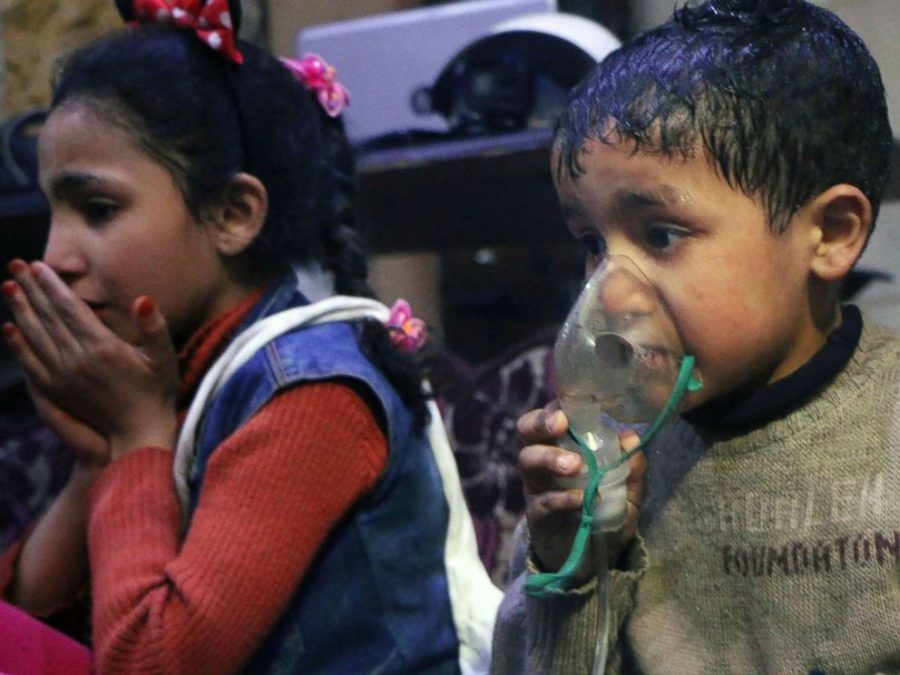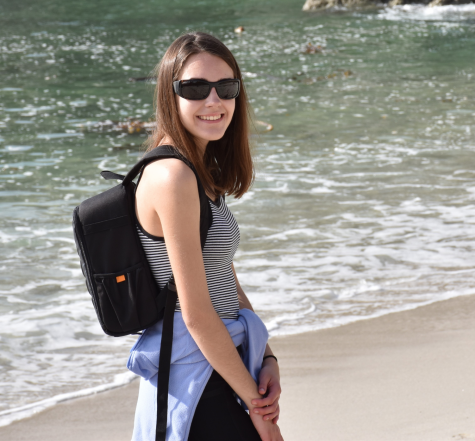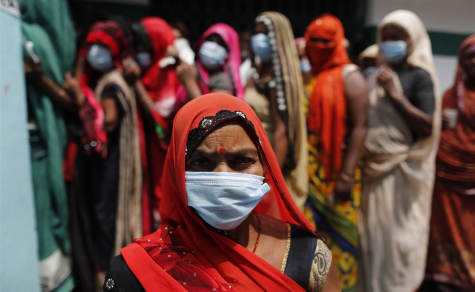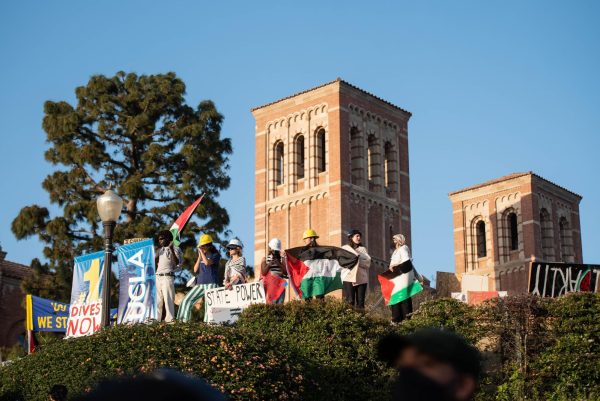Douma’s Chemical Attack and the Aftermath
The chemical attack in Douma affected men, women, and children.
April 23, 2018
A suspected chemical bomb was released on the suburb of Douma, Syria on April 7, 2018. It is still unclear as to who launched the attack, but suspicions point to the Syrian government. Not much is known about the attack since Syria and Russia have prevented some journalists or all investigators from accessing the area. The chemical used is yet to be determined though it was most likely sarin or chlorine gas.
Douma was the only town left in the Eastern Ghouta region that remained under rebel control prior to the bombardment. According to BBC News, “thousands of people were sheltering in basements from the government’s bombardment” when two chemical bombs were dropped.
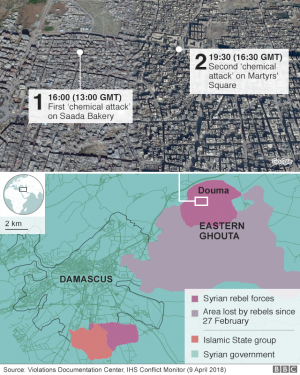
This map shows where each of the two chemical attacks took place.
What is known right now is that the chemical attack killed approximately seventy people. Symptoms of these victims included foaming mouths, discolored skin, and burns on their corneas. When the urine and blood was tested, there were signs of chlorine gas and another nerve agent. Both are extremely toxic chemical weapons that are deadly. Chlorine gas was originally used during World War I. After the war, it was agreed that nations could no longer use or develop chemical or biological weapons. The OPCW (Organisation for Prohibition of Chemical Weapons) planned to come gather samples of the soil in order to figure out which chemicals were used. Though they had originally planned to enter the area on Saturday, the Syrian and Russian government have prevented any entry of the area since Russia supports the Syrian President Bashar al-Assad. Both assert that the attack was staged. The OPCW fears that Russia may potentially have tampered with the soil to mask which chemicals could have been used during the attack. Russia’s Minister of Foreign Affairs Lavrov denies these claims.
As a result, the United States, the United Kingdom, and France all launched airstrikes on Syria in hopes of weakening potential chemical weapon facilities. Specifically, these missiles were aimed towards places that may have such chemical weapons including Homs and Damascus, both relatively close to Douma. The US claims it sent about 100 missiles to Syria without being shot down, while Russia claims 71 of the missiles were shot down. Unfortunately, despite causing setbacks to Bashar al-Assad’s production of chemical weapons, it has not stopped the Syrian government from continuing its development of chemical weapons. Since experts have yet to access the sight of the attack, there are few details known about the attack. France and the UK believe they have proof of the Syrian government’s involvement in this tragedy but refused to reveal the information. It will probably take time for all the details to be revealed.
The atrocities that war has brought on Syria has resulted in the death of millions of innocent people. When Lena Plover (11) learned about this recent chemical bombing in Syria, she found it “tragic to hear about.” War is something we constantly hear about “throughout history, and it’s been harming innocent people. It’s hard to watch millions die for no reason. This not only hurts families, communities, and countries, but it also leaves emotional scars in our hearts.” It is heartbreaking to think that people in these countries are having to deal with this every single day. BBC News posted an interview of a young girl Masa and her family who were affected by the attack (BBC News). Though many are not experiencing the traumatic lifestyles that these people must go through, it helps to show what type of event the Syrians in Douma had to experience on April 7th. (Warning the video is a bit graphic.)

























